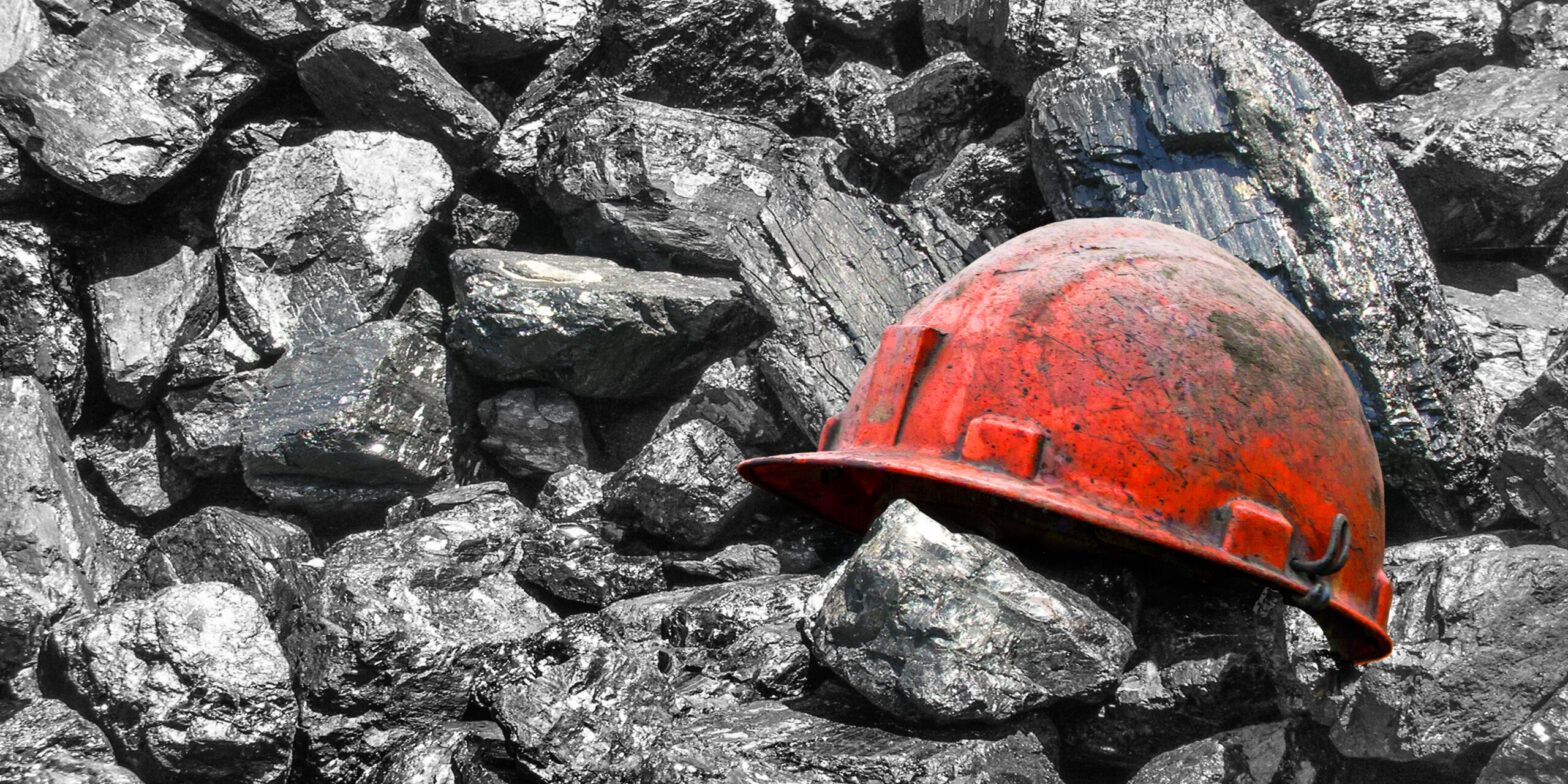BlackRock is targeting the transition to decarbonise the materials sector with a new fund investing in the area.
The BlackRock Brown to Green Materials fund aims to provide exposure to both materials that are essential to a transition, and opportunities created by decarbonising materials supply.
This includes companies engaged in metals and mining, chemicals, steel and construction materials.
The Brown to Green Materials theme also incorporates the materials supply chain and electrical equipment manufacturers that enable materials companies to decarbonise.
Such as industrial companies offering products like electric mining trucks or lower carbon steel furnaces.
The newly launched fund will be classified as Article 8 under SFDR and will be a concentrated portfolio of 30 to 60 global companies, spanning across the market-cap spectrum.
It will invest in companies it determines to be ‘emissions reducers’, materials companies with plans to reduce emissions intensity over a planned period, and ‘enablers’, those supplying materials required for lower-carbon technologies, along with other companies that enable materials companies to reduce their emissions.
The fund will also invest in ‘green leaders’, materials companies that are leading in their field in terms of emissions intensity.
Materials sector emissions
The materials sector accounts for a significant proportion of global emissions today, responsible for more than 17% of global greenhouse gas emissions, according to the World Resources Institute.
Materials businesses leading on reducing emissions intensity in their respective industries are likely to see persistent advantages as the market for low-carbon materials develops, according to BlackRock.
“We expect these companies to benefit from lower operational costs and lower decarbonising capital requirements versus higher carbon peers,” it said in a statement.
BlackRock’s thematics and sectors team expects demand for transition materials to grow faster than historical rates driven by the move to a low-carbon global economy.
Many companies are focused on decarbonising the supply of materials essential for a transition.
In the transition towards a low-carbon economy, most of the investment focus has been on renewables and electric vehicles. BlackRock’s view is that markets may have overlooked the ingredients essential to this infrastructure.
The fund house believes carbon-intensive companies that have credible transition plans and/or that supply the materials needed for such a transition could offer some of the biggest investment opportunities.
Companies that are decarbonising, in industries such as metals and mining, cement, and construction, are expected to benefit from a re-rating as their sustainability risks decrease and in-turn command a higher multiple.
Earnings growth
Meanwhile, BlackRock’s thematics and sectors team believes companies producing transition metals are poised to benefit from stronger-than-expected earnings growth if adoption of lower carbon technologies exceeds expectations.
An example of a disruptive technology vastly exceeding consensus expectations due to the S-shaped nature of their adoption curves is demand for copper used in electric vehicles and renewables, for example, which is expected to be around 4.8 times higher in 2030 versus 2022.
Olivia Markham, managing director and portfolio manager at BlackRock, said: “A low-carbon transition sees the global economy moving from an energy system that is fossil fuel and carbon-intensive, to one where the critical inputs are materials and metals.
“Following a period in which producers’ capital discipline has led to supply constraints, this is an exciting structural demand story that we expect to lead to significant value-creation opportunities for investors.”
The Brown to Green Materials fund will be managed by Evy Hambro, Olivia Markham and Hannah Johnson in BlackRock’s thematics and sectors team, who have been managing natural resources portfolios since their formation in 1991 and thematic portfolios since 2001.
The fund has an ongoing charges fee of 1% for its D share class.








